The Wall Street continued to ignore the unrest in the US, triggered by police killing of the unarmed black man George Floyd. President Donald Trump expressed his support for “peaceful protesters”. Yet, he also threatened to deploy military to end “riots and lawlessness”. Separately, New York City joined other cities to impose a late-night curfew, from 11pm to 5am.
Major US indices ended slightly higher, with NASDAQ continuing to outperform DOW and S&P 500. The strong rally form 6631.42 continued overnight to close up 0.66% at 9552.05. Daily MACD’s flattening is a sign of loss of upside momentum. Also, we’re seeing such rise as the second leg of a medium term correction pattern from 9838.37. Hence, while a breach cannot be ruled out, 9838.37 should eventually provide strong enough resistance to bring a near term reversal. But after all, break of 9144.28 support is needed signal short term topping first. Otherwise, the party will go on.




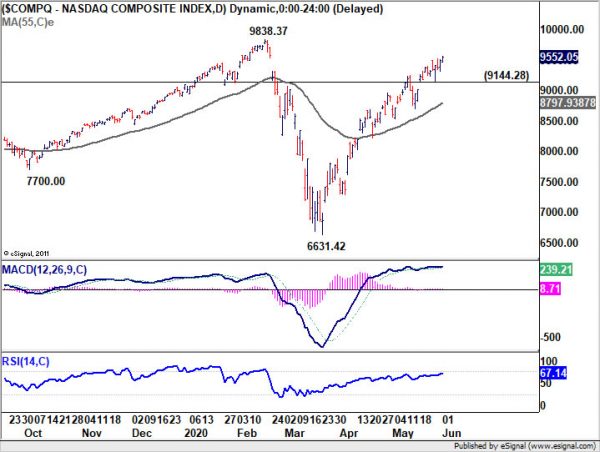
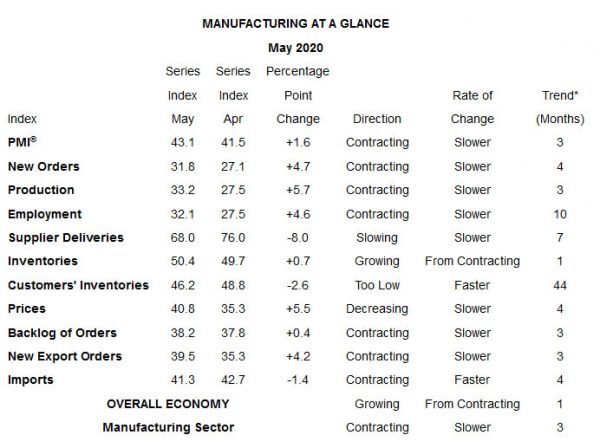
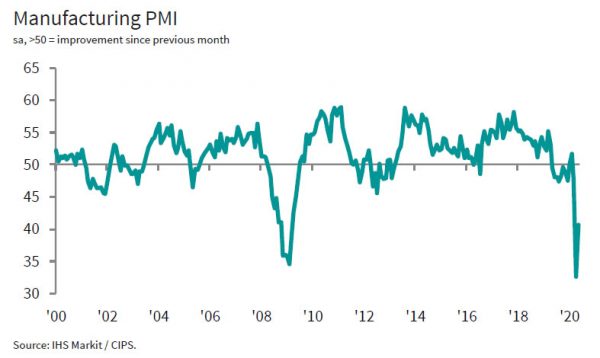
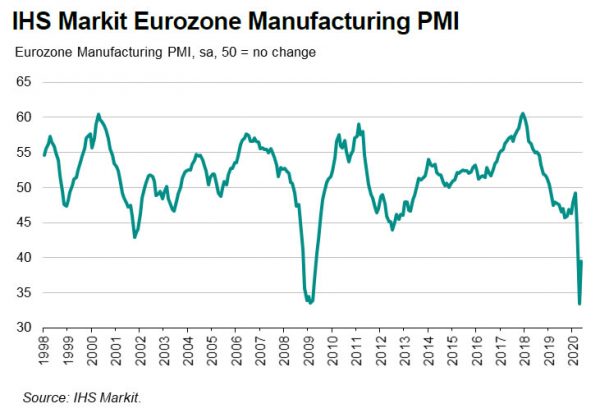
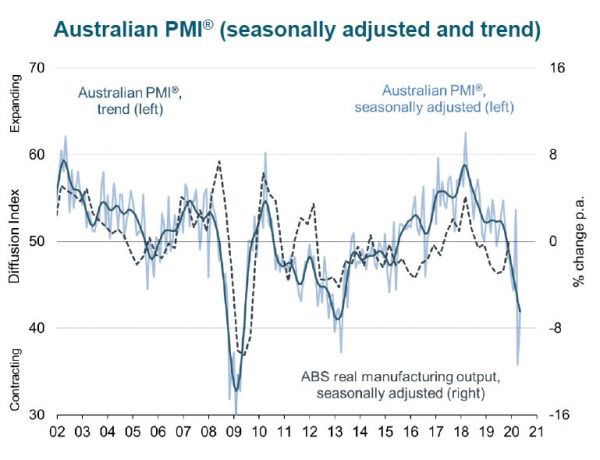
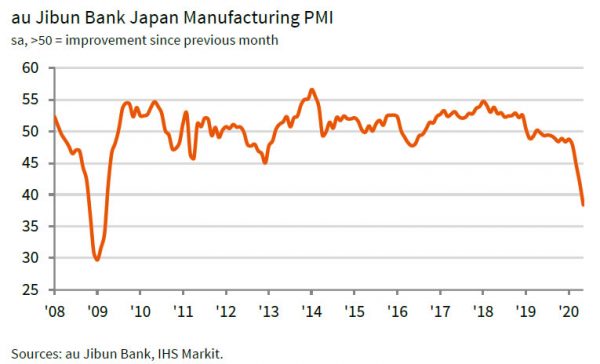
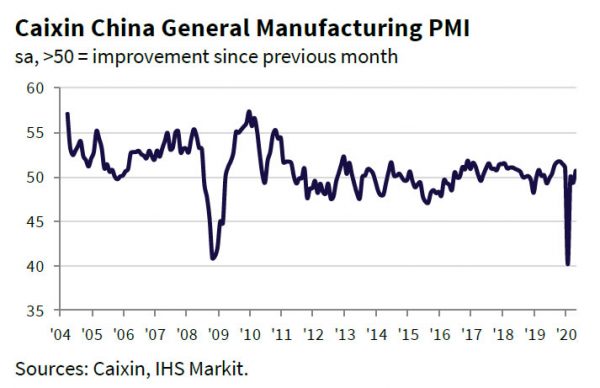
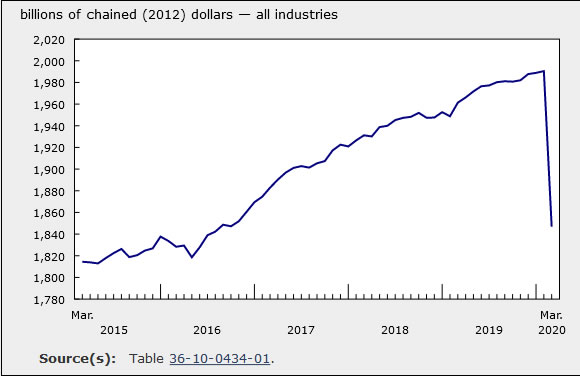
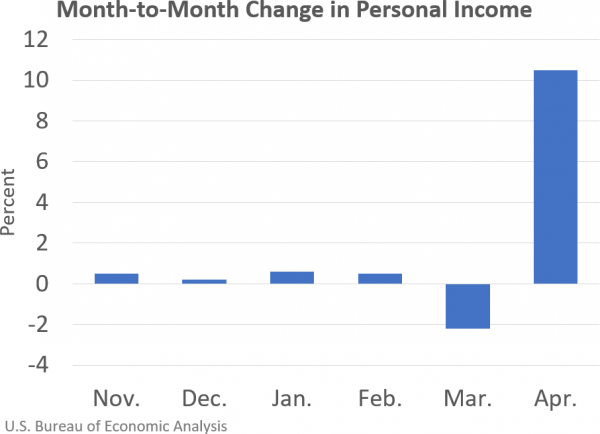
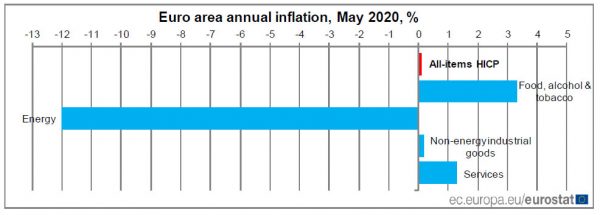
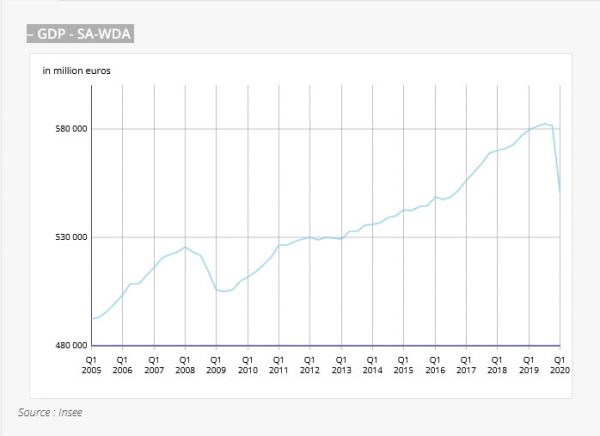
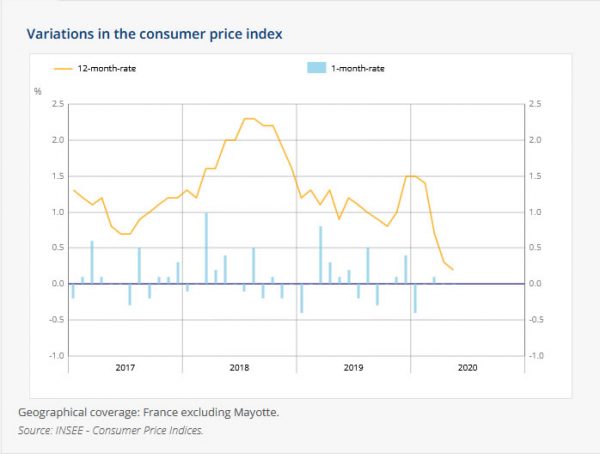
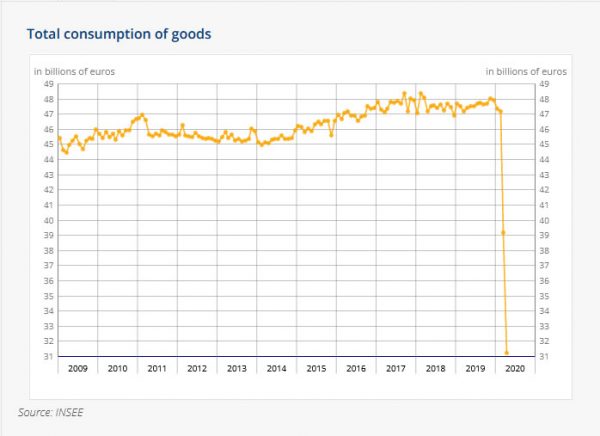
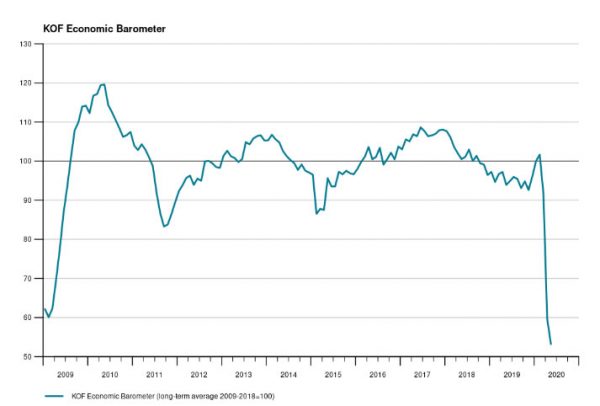
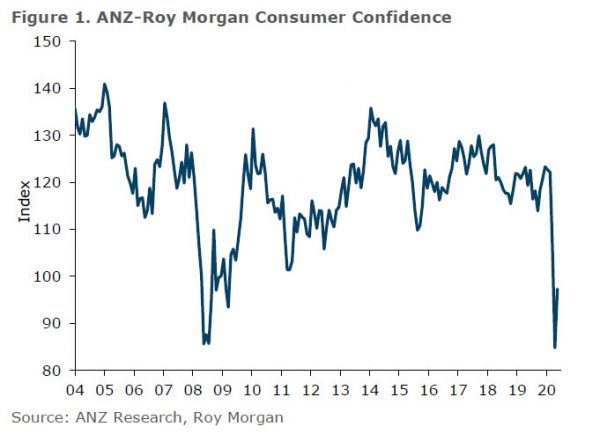
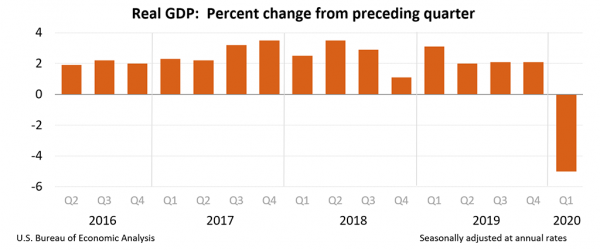
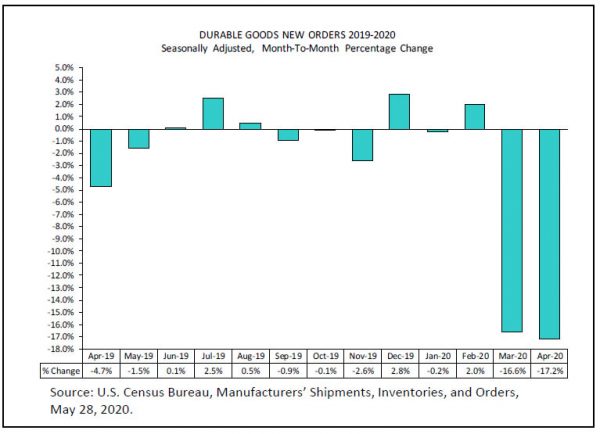
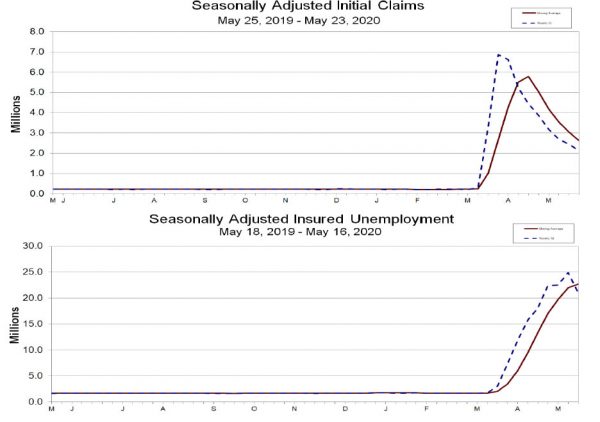

New Zealand terms of trade dropped -0.7% in Q1 as coronavirus hit
New Zealand terms of trade index dropped -0.7% qoq in Q1, worse than expectation of 1.3% rise. Export volume rose 1.8% qoq while import volumes fell -3.9% qoq. Export prices dropped -0.2% qoq while import prices rose 0.5% qoq. Overall export values for goods rose 3.6% qoq to NZD 15.1B while import values dropped -1.9% qoq to NZD 15.1B.
“The fall in export prices coincided with the COVID-19 outbreak, which was declared a global pandemic in March 2020,” business prices delivery manager Geoff Wong said. “The COVID-19 outbreak affected demand in export markets and disrupted supply chains, such as sea and air freight.”
Also released, building permits dropped -6.5% mom in April, comparing with March’s -21.7% mom decline.